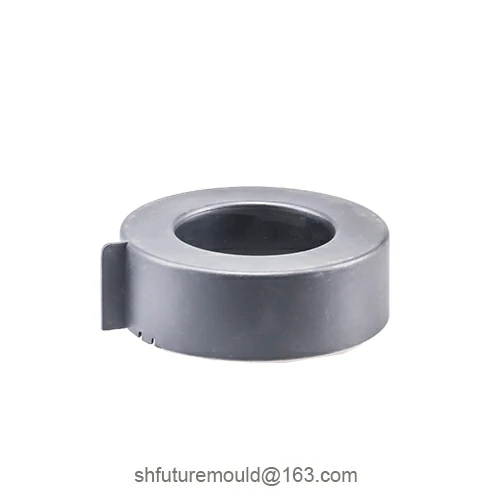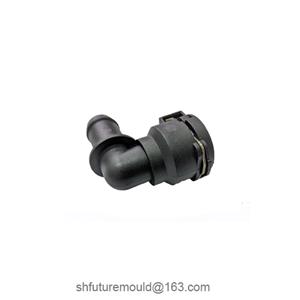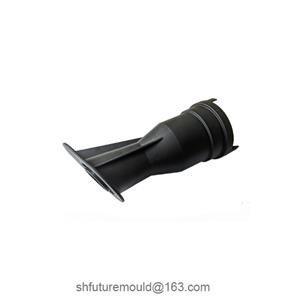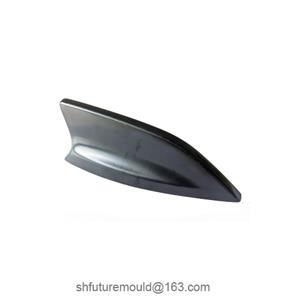The Impact of Shrinkage of Thermoplastics on Molds
Thermoplastics are a diverse group of materials, and even within the same family, the properties and processing characteristics can vary due to differences in the composition of the resin molecules and additives. In addition, to modify the properties of existing materials, various chemical methods such as copolymerization and crosslinking are often used to change the structure of the original resin to produce modified products with new and improved properties and processing characteristics. What are the factors that affect the shrinkage of thermoplastics during molding?
1. Plastic type
During the molding process of thermoplastics, there is still a volume change due to crystallization, the internal stress is strong, and the residual stress remaining in the molded part is large. Therefore, compared with thermosetting plastics, the shrinkage rate is larger, the shrinkage range is wide, and the directionality is obvious. In addition, the shrinkage after molding, annealing, or conditioning is generally larger than that of thermosetting plastics.
2. Form, size, and distribution of inlet
These factors directly affect the flow direction of the material, the distribution of density, the effect of pressure compensation and shrinkage, and the molding time. The shrinkage is small but the directionality is large for direct injection ports and large injection port cross-sections (especially thicker ones), while the directionality is small for wide and short injection ports. The shrinkage is large for those close to the injection port or parallel to the flow direction.
3. Molding conditions
When the mold temperature is high, the molten material cools slowly, the density is high, and the shrinkage is large. This is especially true for crystalline materials because the crystallinity is high and the volume change is large, so the shrinkage is even greater. The distribution of mold temperature is also related to the internal and external cooling and uniformity of the density of the molded part, which directly affects the size and directionality of the shrinkage of each part.
4. Mold design
When designing molds, according to the shrinkage range of various plastics, the wall thickness, shape, form, size, and distribution of the inlet, the shrinkage rate of each part of the molded part is determined empirically, and then the cavity size is calculated. For high-precision molded parts and those where the shrinkage rate is difficult to control, the following methods are generally used to design the mold:
For the outer diameter of the molded part, take a smaller shrinkage rate and a larger shrinkage rate for the inner diameter, to leave room for modification after trial mold.
For parts with thick walls, the cavity size of the mold should be appropriately increased.
For complex shapes, a split mold structure should be used.
Ribs should be provided on the mold for parts that are prone to warping.
Vent holes should be provided on the mold for parts that are prone to bubbles.




